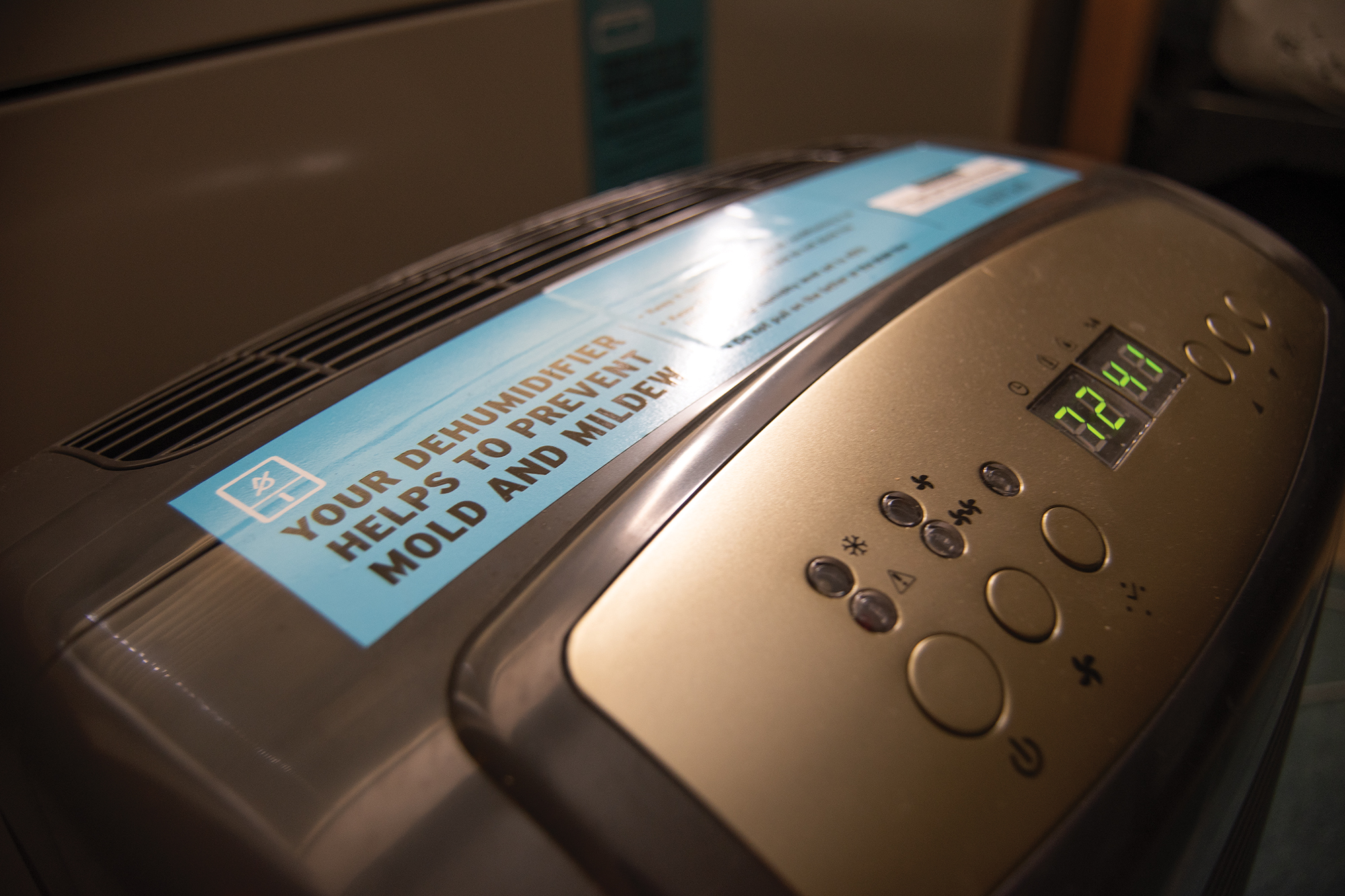After a mold outbreak in several dorms across the campus last school year, the University of Maryland is taking steps to ensure it doesn’t happen again.
Over the summer, the Department of Residential Facilities finished its “moisture control plan,” installing dehumidifiers in residence halls and fraternity and sorority chapter houses previously afflicted with mold, among other changes, according to Residential Facilities director Andrea Crabb.
In total, over 100 projects to combat mold took place in 20 residence halls and 11 fraternity and sorority chapter houses. Some of the plan’s “permanent solutions” include new roofs in two dorms and two fraternity houses.
“Moisture control is part of everyday operations for a facilities organization,” Crabb wrote in a statement. “We will continue to proactively assess and take corrective action as necessary.”
The measures follow recommendations from industrial hygiene consulting firms Building Dynamics LLC and VERTEX Companies Inc. In a 2018 review of Elkton Hall, the firms found that mold was caused by high humidity levels. The outbreak forced around 550 residents to temporarily live in hotels.
Starting last spring, the university installed dehumidifiers. This summer, it added humidity sensors in every Elkton room and removed closet doors to increase airflow. The sensors will send temperature and humidity data to be monitored by Residential Facilities staff.
Ed Light, the Elkton study project manager and BDL’s president, assessed the changes this week. He said the university went “way beyond” the report’s recommendations, and the changes should be able to function properly for “many years” as long as they’re maintained.
“They have done an excellent job of upgrading the humidity control,” Light said. “The work they did is exactly what Building Dynamics recommended based on our engineering study last year.”
[Read more: UMD students say they’ve found mold in at least 10 dorms and apartments]
For students who are calling Elkton home as they begin college, the changes were welcome.
When Jessica Schneider and her roommate started looking up pictures of the dorm over the summer, all they could find were pictures of the mold. Still, she said she “wasn’t nervous at all” and trusted the university would make necessary changes.
“It’s honestly just the same as living in any dorm,” Schneider, a freshman enrolled in letters and sciences, said. “They did the best they could.”
The university will also be more proactive in checking for mold throughout all the dorms, Crabb wrote in a message. Residential Facilities staff members are expected to take part in training on how to identify potential mold. Additionally, there will be inspections in all buildings throughout the year.
Residential Facilities is also asking students to assist with mold prevention. There are signs in dorms instructing students on how to use the dehumidifiers and asking them to not leave windows open when the air conditioning is in use.
[Read more: Dozens of UMD housekeepers say they’ve gotten sick from cleaning mold]
The measures come just under a year after freshman Olivia Paregol died from complications of adenovirus.
Paregol lived in Elkton and took medication for Crohn’s disease, which weakened her immune system. Her death made national headlines and prompted concern from the campus community.
In May, Paregol’s family took steps to sue this university for its response to the proliferation of adenovirus and mold on the campus. By the end of the month, the Board of Regents promised to investigate the university’s response to adenovirus.
“We expect this work to be thorough and independent,” Regents chair Linda Gooden said in a release in June, “and that it will eventually inform health and safety policies at campuses throughout the system.”



